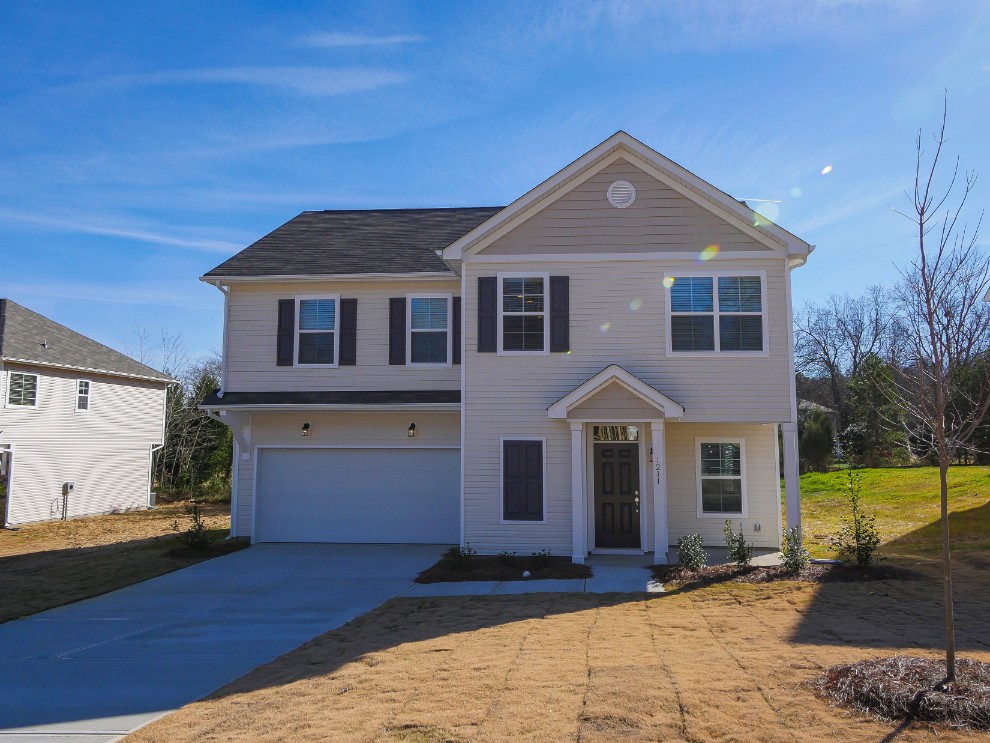What is a 1031 Exchange & How Can it Benefit a Real Estate Investment Portfolio?
1031 exchange has entered mainstream financial-speak; it is now used as a verb in some clued-in property developers’ jargon where comments such as: “Shall we 1031 this building and get another?” can be heard in realtor offices, portfolio investment companies’ floors, and cocktail parties. It gets its name from the section of the Internal Revenue Code where it can be found next to 401(k)s.
What is 1031?
Also going under the description of a “Starker” or a “like-kind” exchange, 1031 exchange is when one business/investment asset is swapped for another one. It enables an investor to put off having to pay capital gains tax when a property bought for investment purposes is sold; the catch being that another property of equal value or “like-kind” is bought with the profits that were made from the sale of the first investment property.
The Benefits Besides Simply Not Having to Pay Taxes in California
Any business or investor with interests in real estate benefit from a 1031 exchange. It allows them to change the focus of an investment without triggering tax liabilities.
Take low-income with subsequent high-maintenance properties as an investment: swapping it to a low-maintenance property investment could be made and the need to pay a large lump sum of taxes is resolved with the 1031 exchange. Or maybe the investor wants to move out from a property investment in one area and reinvest in another location without incurring any tax liabilities? A 1031 exchange makes this accessible.
How 1031 Exchange Started
The 1031 came about for the literal exchange of one property for another one of equal worth between two people. The chances of two property investor’s wanting to swap their investment properties with one another is really slim – they would both have suspicions as to why the other wanted out.
The majority of property exchanges using 1031 are three party, delayed or Starker. A delayed property exchange is when a middleman holds the proceeds from the sale for the investor and it is they who buy the replacement property on the investor’s behalf. This swap is also known as a three party exchange.

The Key to a Successful 1031
Selling an investment property can often cost the seller more in taxes than is feasible. If the property is worth more on sale than what the investor paid for it initially, than a 1031 may be exactly what is needed.
An investor can trade one property for another of similar value and avoid the immediate tax obligation so long as the new property’s purchase price and the new property’s loan amount are equal or higher than those for the replacement property.
Looking at it from a figurative viewpoint:
If the investor sells a $2 Million property in one area that had a $1 Million loan then they must buy a $2 Million or more replacement investment property with a $1 Million or more leverage.
The four kinds of 1031 exchange are suitable for different cases.
1) Delayed Exchange – The most common form of 1031 exchange allows investors to sell the property first and locate a replacement property in a certain timeframe.
2) Construction or Improvement Exchange – In the case where an investor sells their property and then finds out the one they wish to replace it with costs less, then a construction or improvement exchange can benefit. It allows the investor to use the extra money to extend or improve the exchange property.
3) Simultaneous Exchange – Two investors can sell one property and then immediately buy the other’s property in the same day.
4) Reverse Exchange – Simply put, this is when the investor can buy the property first and pay later and it only applies to all cash purchases. Banks do not lend for these exchanges because it means the investor’s name is on two titles simultaneously. The way around this is if the investor creates an LLC to be on the replacement property’s title instead. Estero Investments can help with these issues.
The Rules for a Successful 1031
It states that both of the investor’s properties MUST be of the same kind or character even if they have different quality or grading. No swapping cars for an apartment, because they are different types of assets. Only investment property and not personal property qualifies for 1031 exchange. The property must be within the borders of the United States.
- Examples of correct 1031 exchanges would be an American vacation rental being like-kind exchanged for a straight rental property.
If a Starker exchange is done, a 1:1 swap need not be necessary. One large property can be exchanged for multiple smaller ones. This is when a well-qualified intermediary like the property investment experts at Estero Investment can assist in a beneficial 1031 exchange.
Investment or business properties are the only ones that apply. Primary residences do not qualify.
- An example of this is if a resident in California moved to New York, they cannot use 1031 to sell the primary residence in one state for a primary residence in another.
The final tip for a flawless 1031 exchange in California is to remember that the Taxpayer (the property investor) must not receive a cash boot from the exchange, as this prohibits the transaction from being tax-free.
If any cash is received, it is a taxable gain from the exchange and a partial 1031 rule applies. If the new property has a lesser value then it is no longer considered completely tax-free. This cash boot is the amount on which capital gains must be paid.
The reason why the term 1031 is catching on in property investment circles is because of the choices and benefits that it brings to moving up one’s property portfolio possibilities. Any queries about how this information can best invigorate your property portfolio, do not hesitate to contact Estero Investments now.
